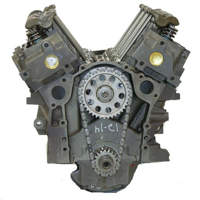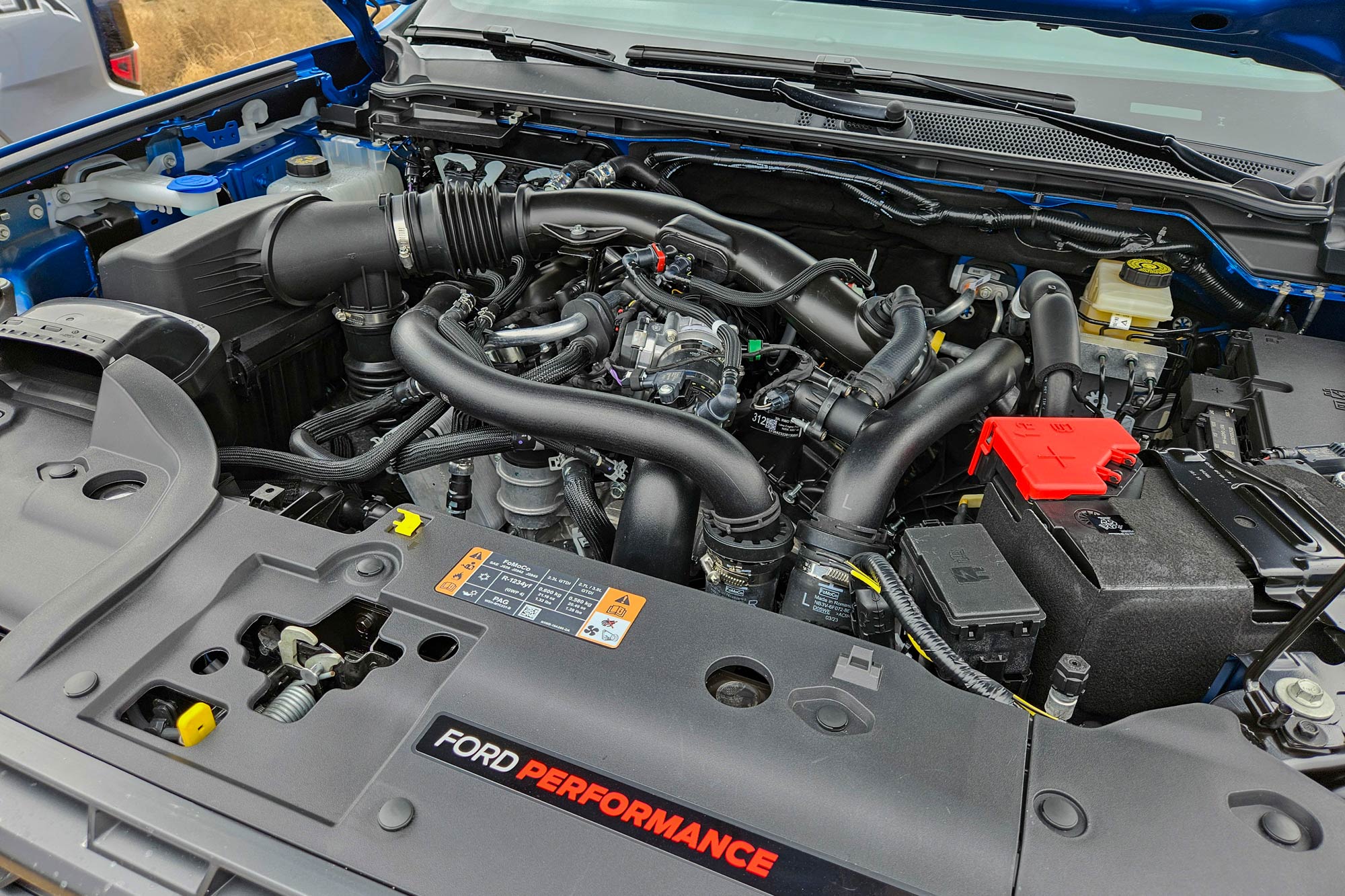Understanding the Essentials of Automobile Engines: Features, features, and kinds

Review of Automobile Engines
A vehicle engine acts as the heart of an automobile, transforming gas right into power to thrust it onward. This complex system consists of various components that operate in unison to make sure optimum efficiency and performance. The fundamental procedure of a car engine involves the internal combustion process, in which fuel and air are blended, fired up, and removed to create power.
The engine's layout can dramatically impact its performance, fuel efficiency, and emissions. Trick components consist of the cyndrical tube block, pistons, crankshaft, and camshaft, each playing an essential function in the engine's total function.
Along with these components, engines frequently make use of different systems such as fuel injection, ignition, and cooling systems to improve efficiency and durability. Comprehending the basic auto mechanics of cars and truck engines is necessary for diagnosing problems and carrying out upkeep, eventually adding to the car's dependability and efficiency gradually.

Kinds Of Automobile Engines
Cars and truck engines can be categorized into several types based on their layout, fuel type, and functional concepts. 2.2 ford ranger engine. One of the most common groups consist of internal burning engines (ICE), electrical engines, and crossbreed engines
Internal combustion engines, which can be additional separated right into gasoline and diesel engines, run by stiring up a fuel-air mix to produce power. Gasoline engines are generally lighter and smoother, while diesel engines are extra fuel-efficient and offer higher torque.
Electric engines utilize electrical energy kept in batteries to power an electric motor, giving instantaneous torque and zero discharges during operation. As modern technology breakthroughs, electrical lorries (EVs) are increasingly becoming prominent for their ecological benefits and reduced running expenses.
Crossbreed engines integrate components of both internal burning and electric engines, permitting adaptable power sources and boosted gas performance. They can operate in numerous settings, using either the gas engine, the electric motor, or both simultaneously.
Each type of engine has distinct benefits and disadvantages, affecting their application in different automobile kinds and market sections, from portable cars to heavy-duty trucks. Comprehending these types is crucial for making notified decisions relating to automobile option and efficiency assumptions.
Engine Functions Clarified
Comprehending engine functions is vital for understanding exactly how automobiles operate effectively. At the core of any internal burning engine lies the basic procedure of transforming fuel right into power. This process starts with the consumption stroke, where air and gas are drawn into the combustion chamber. Following this, the compression stroke presses the air-fuel mix, enhancing its temperature and pressure.
The ignition happens following, firing up the blend and creating a quick growth of gases. This pressure drives the piston down during the power stroke, which inevitably converts right into the rotational activity of the crankshaft. The exhaust stroke after that removes the spent gases from the chamber, giving way for a new cycle to begin.
In enhancement to these key features, engines also integrate systems that handle air conditioning and lubrication, making certain ideal operational temperature levels and decreasing friction in between relocating components. This complex interplay of features makes it possible for the engine to produce the power essential for vehicle propulsion while maintaining effectiveness and integrity. Recognizing these features provides important understanding right into the intricacies of automotive design and improves the capability to diagnose and resolve engine-related issues efficiently.
Trick Engine Features
Engine layout incorporates several key attributes that dramatically affect efficiency, durability, and efficiency. One of one of the most important aspects is read this the engine setup, which includes inline, V-type, and flat styles. Each setup impacts the engine's power, equilibrium, and size output, thus impacting total car dynamics.
An additional crucial feature is the engine variation, describing the overall quantity of all cylinders. Larger displacements normally yield even more power yet might compromise fuel performance. Engine materials likewise play a critical role; lightweight and high-strength materials, such as light weight aluminum and magnesium alloys, enhance performance without adding extreme weight.
The kind of gas injection system utilized-- such as multi-port or straight injection-- influences combustion effectiveness and emissions. Turbocharging and supercharging are functions that improve engine performance by forcing additional air into the combustion chamber, boosting power result without considerably enhancing engine dimension.
Lastly, the presence of innovative engine management systems optimizes fuel-air combination and ignition timing, contributing to smoother operation and far better gas economy. Jointly, these features define an engine's capacities, establishing the structure for its efficiency and durability in a competitive automobile landscape.
Maintenance Tips for Engines
Appropriate engine maintenance is essential for making sure optimum performance and durability, as neglecting regular care can lead to considerable issues down the line. To keep your engine successfully, begin with routine oil adjustments, usually every 3,000 to 7,500 miles, depending on the type of oil made use of. Fresh oil lubricates engine components, lowering friction and wear.
Additionally, keeping an eye on coolant degrees is vital to stop overheating. Ensure that the coolant is covered up and remains in great condition to preserve effective temperature level law. Consistently check and replace air and fuel filters, as clogged up filters can hinder air movement and gas shipment, jeopardizing engine efficiency.
Moreover, take note of spark plugs and ignition systems. Worn or damaged ignition system can cause misfiring and decreased performance. Examining the battery terminals and links for corrosion is also essential, as a weak battery can impact engine beginning.

Verdict
In summary, a detailed understanding of vehicle engines includes different kinds, functions, and essential functions that considerably affect automobile performance. Internal combustion engines, together with electrical and hybrid options, show varied mechanisms for energy conversion. 2.2 ford ranger engine. Identifying the necessary features, such as intake have a peek at these guys and exhaust cycles, alongside crucial engine attributes like setup and fuel shot systems, gears up auto proprietors with the understanding required for effective maintenance and procedure, ultimately boosting lorry longevity and effectiveness
A vehicle engine serves as the heart of a car, transforming gas into mechanical energy to propel it forward. The essential operation of a car engine includes the interior burning procedure, in which view publisher site gas and air are combined, sparked, and eliminated to develop power.
On a regular basis evaluate and change air and gas filters, as stopped up filters can hinder airflow and gas distribution, compromising engine effectiveness. - 2.2 ford ranger engine
In recap, an extensive understanding of auto engines includes numerous types, functions, and crucial attributes that considerably affect car efficiency. Recognizing the necessary functions, such as consumption and exhaust cycles, along with crucial engine attributes like setup and gas injection systems, equips automobile proprietors with the understanding essential for efficient upkeep and operation, eventually enhancing lorry durability and performance.